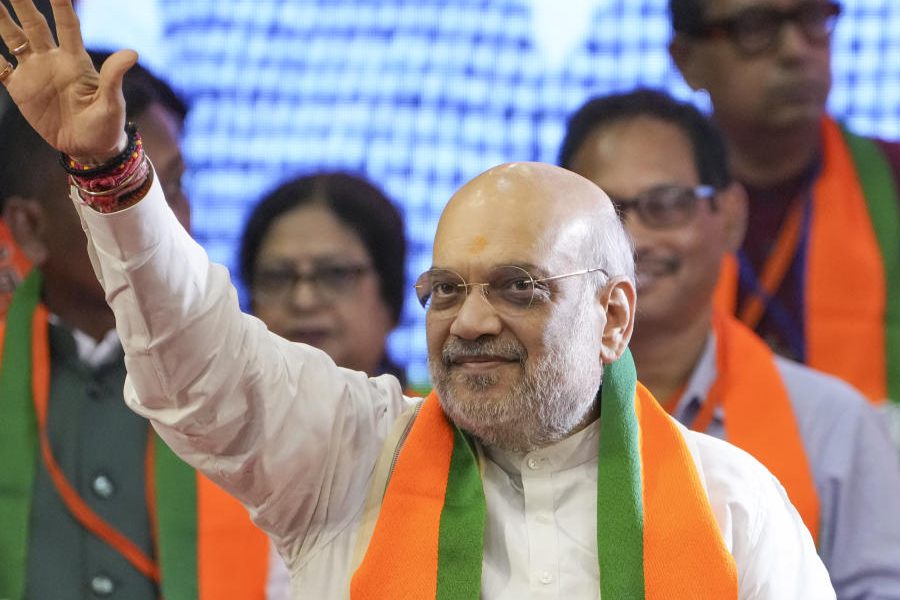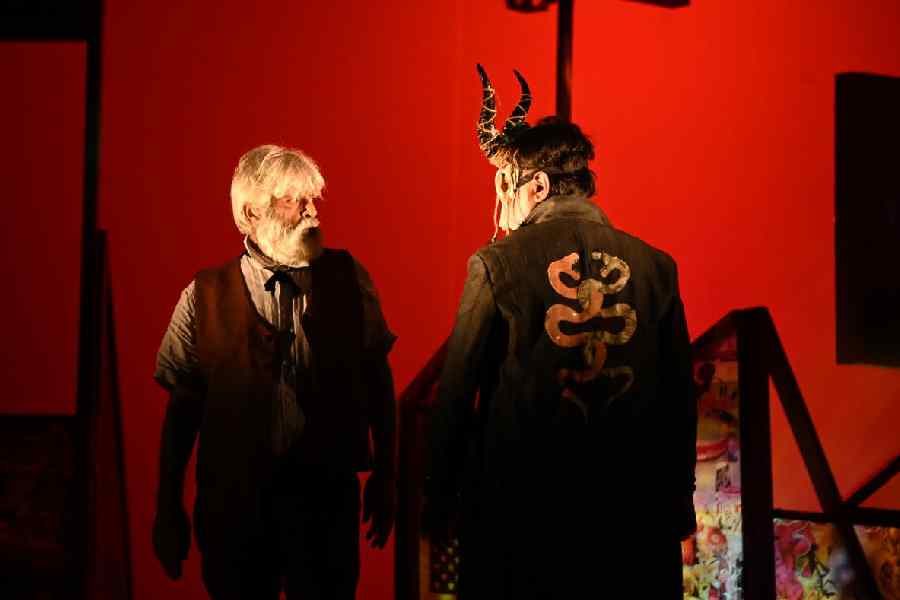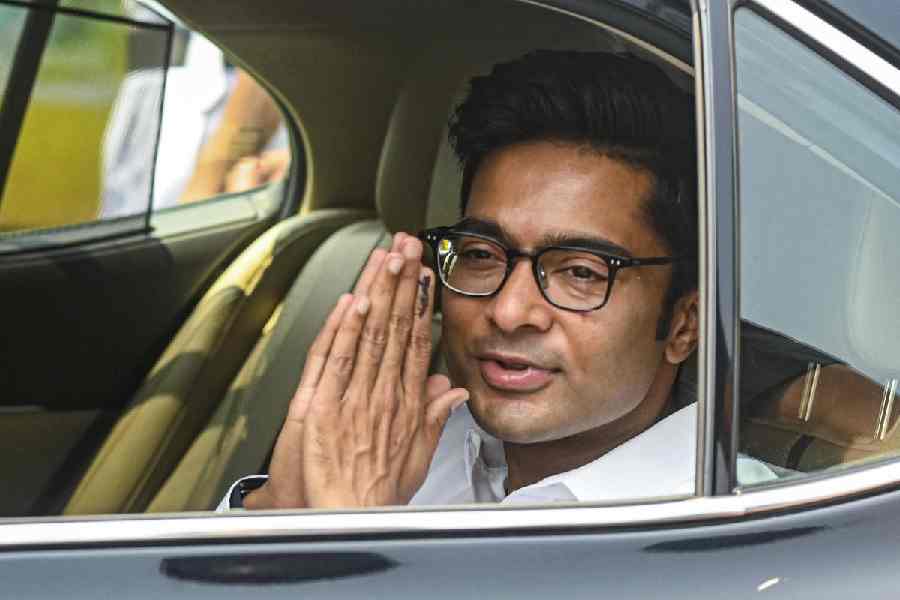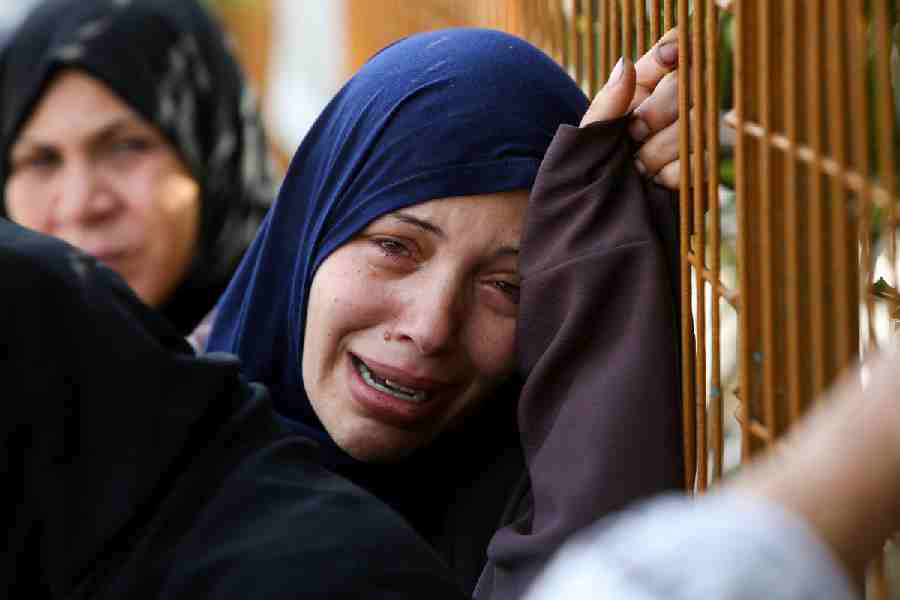Bhubaneswar, June 28: The Naveen Patnaik government today lowered value added tax (VAT) on pulses from the existing 5 per cent to 1 per cent to provide some relief to homemakers already hit by continuous increase in prices of food commodities.
However, the decision, which was taken at a cabinet meeting held today, would be initially valid for three months.
Briefing reporters, chief secretary Aditya Prasad Padhi said: "The state cabinet today decided to effect the revision of VAT only for pulses for three months on an experimental basis. The decision will come into effect from July 1".
He said traders had been demanding revision of VAT on pulses on the ground that in other states it had either been waived off or was being levied at the rate of 1 per cent.
"They have assured that if the VAT was revised, it would not affect revenue collection and will have a positive impact on prices. We will observe during the next three months its impact on revenue. Then we will review and take a final call," the chief secretary said.
Development commissioner R. Balakrishnan, who oversees the finance department, said the state annual revenue earning from pulses was around Rs 40 crore.
Welcoming the cabinet decision, general secretary of Federation of All Odisha Traders' Associations (FAOTA) Sudhakar Panda said: "We are happy that the government has reposed faith in us."
"The government is now getting around Rs 3 crore per month towards VAT on dal. We will gift the government Rs 5 crore as tax in the first month itself," he said.
The traders had assured the government that the revenue income from dal would go up to around Rs 60 crore per annum from the existing Rs 38 crore if VAT was revised.
When asked about the benefit to the customer, Panda said: "The wholesale price for arhar dal is Rs 123 a kilogram, while the retail price is Rs 128 a kilogram. With the VAT going down by 4 per cent, the common man is expected to benefit by Rs 5 a kilo."
Like traders, home-makers have also welcomed the decision.
"We hope that traders will pass down the benefit of lower VAT on dal to the end customer," said homemaker Subhra Mohanty.
In another development, the cabinet gave its nod to the proposal for creation of 500 more posts of leave reserve medical officers for filling up vacancies arising out of doctors proceeding on study leave.
On an average, around 530 doctors go on leave for higher studies and in the last 3 years around 1,300 posts have fallen vacant. Earlier, 436 leave reserve medical officer posts had been created to fill up vacancies.
The cabinet also approved the proposal for promulgation of an ordinance to make the Veer Surendra Sai Institute of Medical Sciences and Research (Vimsar) fully autonomous.
This will enable teachers belonging to the Odisha Medical Education Service Cadre to exercise the option to serve at the institute for their entire career.
A few other important decisions were taken today. These includes:
*Transfer of Plus Two education to school and mass education department.
*Corporate social responsibility to be kept under the administrative control of industries department.
* Odisha Investment and Export Promotion's office in New Delhi transferred to industries department.
* Model schools will be set up in all 314 blocks on CBSE pattern at an estimated cost of Rs 2,628 crore within five years.
* Tripartite agreement signed between state government, Centre and the RBI for recovery of dues of NTPC from the state government account extended by another 15 years.
* Recruitment rules for civil supplies inspectors have been approved. Ninety per cent posts to be filled up through direct recruitment and the remaining 10 per cent through promotion.
Eyebrows raised
Chairman of the newly created Odisha Skill Development Authority Subroto Bagchi today briefed the cabinet about its activities and future plans.
Though Bagchi has been accorded the status of a cabinet minister, his presence at today's meeting raised eyebrows.
When reporters raised the issue media during the cabinet briefing, the chief secretary said: "This is not an issue at all. We all (the bureaucrats) were present in the cabinet room though we are not ministers. It's the prerogative of the chief minister to decide who will enter the cabinet room."











